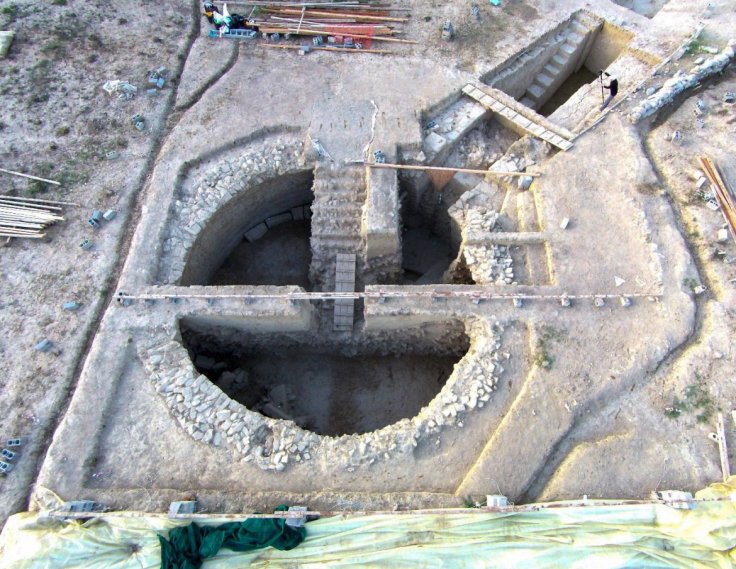An archaeological team have discovered two Bronze Age tombs with a trove of engraved jewelry and gold artifacts which shed some light into the secrets about life in ancient Greece. The archaeologists from University of Cincinnati reveal the news on Tuesday, December 17 and mentioned that the excavation as well as documenting of the findings took over 18 months to complete.

Gold ornaments in Bronze Age discovery
The finding in Greece by University of Cincinnati (UC) archaeologists further provides evidence that gold made its foray as an ornament during the Bronze Age as was made evident from the British Isles where the ancient populations used gold to produce ornaments and other prestige items. The Bronze Age lasted between circa 2500 and c. 800 BCE in Britain, and up to about 550 BCE in Ireland.
It should be noted that Jack Davis and Sharon Stocker, archaeologists in UC's classics department, found the two beehive-shaped tombs in Pylos, Greece in 2018. The researchers made this discovery while investigating an area around the grave of an individual they have called the "Griffin Warrior," a Greek man whose final resting place they found in 2015.
During the excavation the team also found a gold ring depicting two bulls flanked by sheaves of grain. These are identified as barley by a paleobotanist who involved in this project. UC archaeologist said, "It's an interesting scene of animal husbandry -- cattle mixed with grain production. It's the foundation of agriculture. As far as we know, it's the only representation of grain in the art of Crete or Minoan civilization."
Discovered artefacts

The archaeologists were surprised when they noticed that two family tombs contained artwork emblazoned with mythological creatures. As per the findings they found a sealstone which featured two lion-like creatures called genii standing upright on clawed feet while carrying a serving vase and an incense burner- a tribute for the altar before them, featuring a sprouting sapling between horns of consecration, Stocker said.
There was a 16-pointed star, which also appears on a bronze and gold artefact in the grave, situated above the genii. Stocker said that there aren't many 16-pointed stars in Mycenaean iconography which means that it is rare. He also mentioned that the fact that "We have two objects with 16 points in two different media (agate and gold) is noteworthy."
The Bronze Age tombs
As per the researchers these ancient tombs paint a picture of princely wealth and status. In addition, Stocker stated that these are probably those people who were very sophisticated at their time. He mentioned that these people have come out of a place in history where there were few luxury items and imported goods and "all of a sudden at the time of the first tholos tombs, luxury items appear in Greece."
The archaeology team will continue working at Pylos for at least the next two years until they uncover the mysteries contained in the artifacts. Davis stated that "It has been 50 years since any substantial tombs of this sort have been found at any Bronze Age palatial site. That makes this extraordinary."

Bronze Age
This is the period which marked the first time humans started to work with metal. It is best known for its advances in culture, language, technology, religion, art, architecture, politics, warfare and trade. In the Middle East and parts of Asia, the Bronze Age lasted from around 3300 to 1200 BC, ending abruptly with the near-simultaneous collapse of several prominent Bronze Age civilizations.









